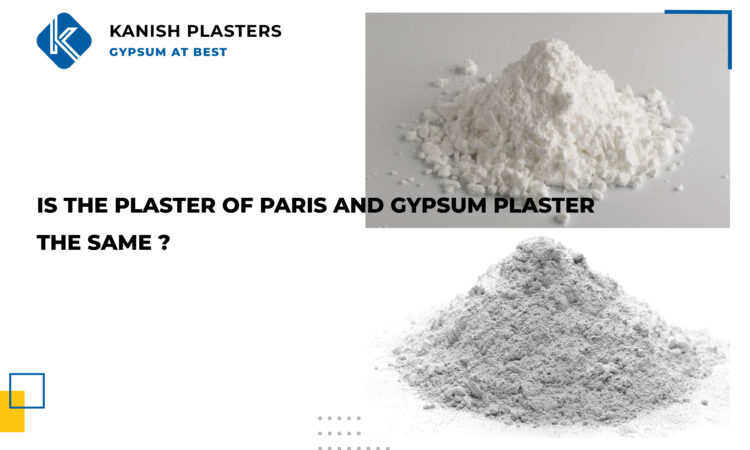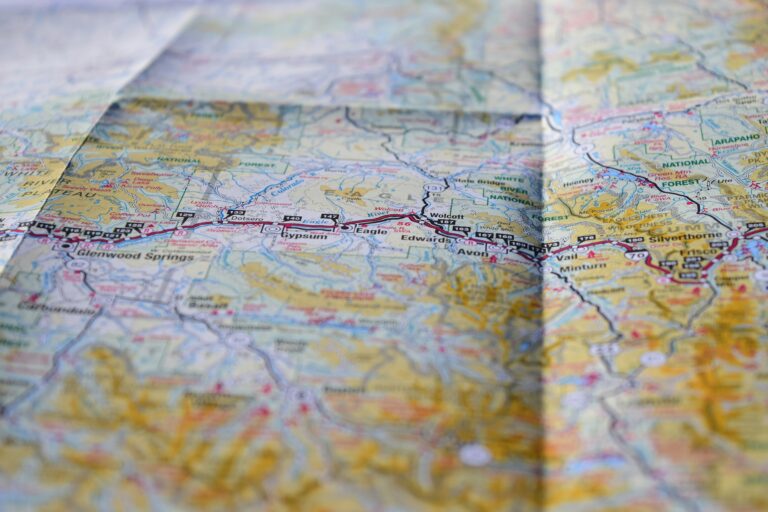Chemical composition
There is a key difference between the chemical formula and composition of the Plaster of Paris (PoP) and gypsum. The chemical name of gypsum is calcium sulphate dihydrate (CaSO4. 2H2O) and it is composed of calcium sulphate dihydrate. While the chemical formula of Plaster of Paris is (CaSO4.1/2 H2O) and it contains calcium sulfate hemihydrate.
Mode of production
Gypsum is a naturally occurring soft-sulfate mineral deposited from lake and sea water and found in layers of sedimentary rocks. On the other hand, Plaster of Paris is produced by heating gypsum or calcium sulphate to a very high temperature of 120 degree celsius for an hour.
Gypsum (CaSO4.2H2O) has 2 moles of crystallized water and three quarters of this water evaporates on careful heating to form plaster of paris (CaSO4.1/2 H2O) with half mole of crystallized water. Gypsum on heating turns into a white powder which is what we call Plaster of Paris, and on mixing this with water it turns into a gypsum paste which is used in false ceilings, wall surfaces, as fireproof agents, etc.
Plaster of Paris is named so because it is prepared from heating the gypsum that is found abundantly in Montmartre hill near Paris.
Application as a plaster
The surface post application of sand cement plaster looks rough, uneven and may have cracks. Plaster of Paris (PoP) is used over the surface plastered with sand cement as a covering to give it a smooth finish and to enable the wall to receive paint.
On the other hand, gypsum plasters are an effective replacement to the combination of sand cement plasters and Plaster of Paris (PoP). Gypsum plastering the wall produces an even, smooth, and a crack-less surface, and this does not require application of Plaster of Paris to smoothen the surface.
The cost of gypsum plastering is considerably lower than the cost of application of sand cement plaster followed by the Plaster of Paris. In our experience of working with builders and construction service providers, we conclude that gypsum plastering reduces the overall cost by 20% than the sand cement plastering & Plaster of Paris application. This is mainly due to the increased consumption of time and resources to complete the projects. Gypsum plastering reduces 75% of time required for the building construction when compared to sand cement plastering.
The application of Plaster of Paris increases the thickness of the sand cement plastered wall, and thus there may be cracks forming after application of the PoP. Gypsum plasters are of low density and have higher compressive strength and gypsum plastering the walls lowers their weight. This is particularly significant when builders, architects and engineers across the world are in a spree to reduce the dead weight of tall buildings so as to strengthen them against high-pressure wind and high-magnitude earthquakes.
Both, Gypsum and Plaster of Paris (PoP) are used in designing false ceilings, and Gypsum boards hold a comparatively higher hand in the erecting false ceilings as it saves time, labour and cost.
Thus Gypsum plastering has evolved to be an affordable replacement to sand cement plastering-PoP (Plaster of Paris) combination, mainly due to the fact that it is light- weight, cost-effective and consumes less time.
Are you looking to plaster your wall with a cheaper, faster and a green solution? Gypsum plastering solution from Kanish Plasters, is the key. We take up complete, end-end services from sourcing the good quality gypsum plastering material to bringing a smooth finish on the walls, more so within the stipulated time.



